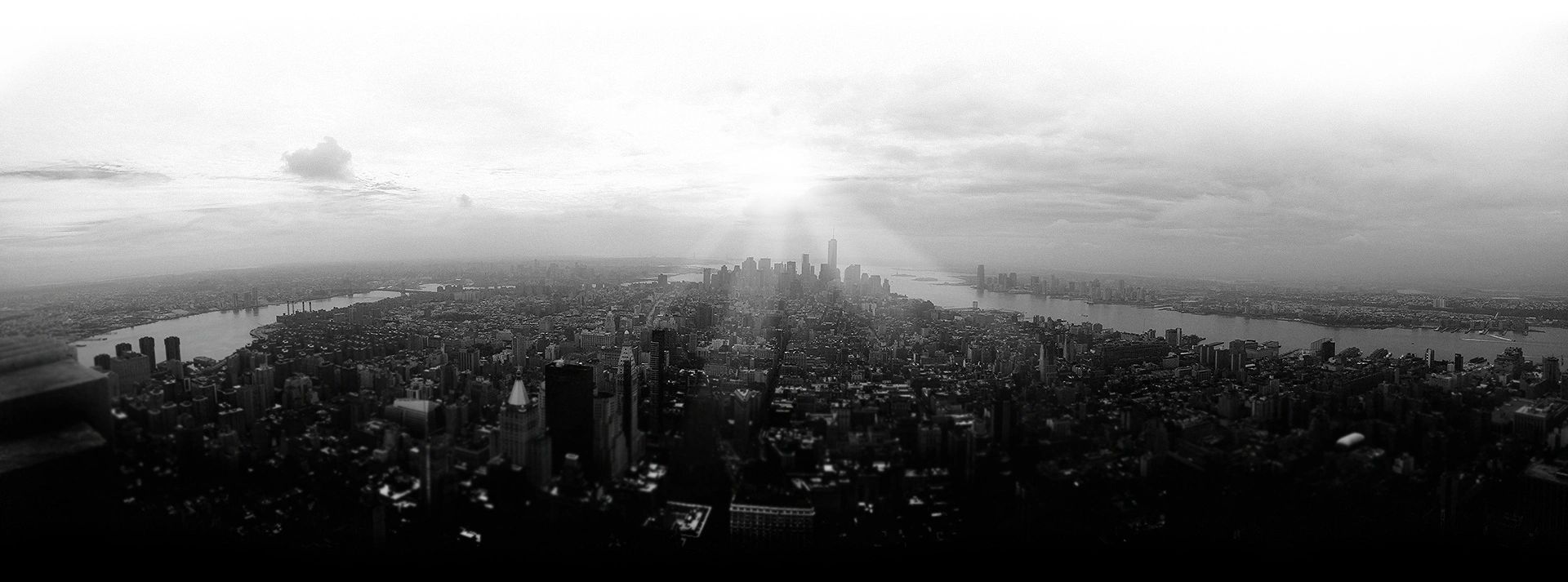
Being a scientist by nature, my thoughts in the morning revolve around the mysteries of this new Coronavirus. As I look at the maps, including the one from John Hopkins (https://coronavirus.jhu.edu/map.html), the first thing I see is how the virus is hitting major cities and highly populated areas the hardest. My first thought is that this is due to the population density and difficulty of social distancing in big cities. Most likely there are multiple factors contributing to the distribution of this virus, and population density is definitely one of them. But another factor that goes hand in hand with population density is air pollution.
For decades it has been proven that air quality affects our health, especially the health of our lungs. The most studied types of air pollution include fine particulate matter, ground-level ozone, carbon monoxide, sulfur dioxide, nitrogen dioxide, and lead. The air pollutants that are stirring conversations currently include particulate matter and ground-level ozone. Particulate matter (PM) pollution is made up of very small solid and liquid particles that not only visibly affect the air (smoke and exhaust) but also affect our lungs. These particles are so small that they can penetrate deep inside our lungs and even get into our bloodstream. Fine particulate matter (PM2.5) particles are 30 times smaller than the diameter of one hair strand! Numerous studies have shown these particles are linked to premature death in people with chronic heart or lung disease, decreased lung function, and increased respiratory symptoms like coughing and difficulty breathing. Ground-level ozone is formed by chemical reactions between oxides of nitrogen and volatile organic compounds in the presence of sunlight. Major sources of oxides of nitrogen include industrial facilities, power plants, vehicle emissions, and solvents. Numerous studies have found that ground-level ozone can decrease our lung functions, damage our lung tissue, make us more susceptible to lung infections, and cause chest pain, coughing and wheezing.
Does it sound like you want yourself and your family to be exposed to high amounts of air pollution while a deadly respiratory virus is creating a pandemic? I personally don’t.
The really interesting thing about our government-enforced social distancing and isolation is that it is improving our air quality! This is due to less driving and reduced demand for fossil fuels. Some areas of the world now have the cleanest air quality they have seen in decades. In theory, the improved air quality will reduce the probability of being hospitalized from COVID-19 due to less underlying inflammation of our lung tissues from air pollution. Our improved air quality could also reduce the spread of the virus if it is able to attach to the particulate matter, as theorized.
Can the positive changes that have occurred due to this pandemic continue after the dust settles? Can we join together and learn from these hard times the lessons we are being taught by Mother Nature? Can we adopt a lifestyle that is less dependent on factors that create dangerous air pollution? I believe we can!
Here’s to less driving, more walking and biking, and less dependency on fossil fuels!
Here are a few more resources on steps we can take to improve air quality.
https://www.conserve-energy-future.com/41-super-easy-ways-to-stop-air-pollution.php
https://www3.epa.gov/region1/airquality/reducepollution.html
Your friendly neighborhood prevention provider,
Ben
For more fun tips on keeping your family healthy, please pick up a copy of my book: Obvious Parenting: Seven Simple Keys to Supporting Wellness.
